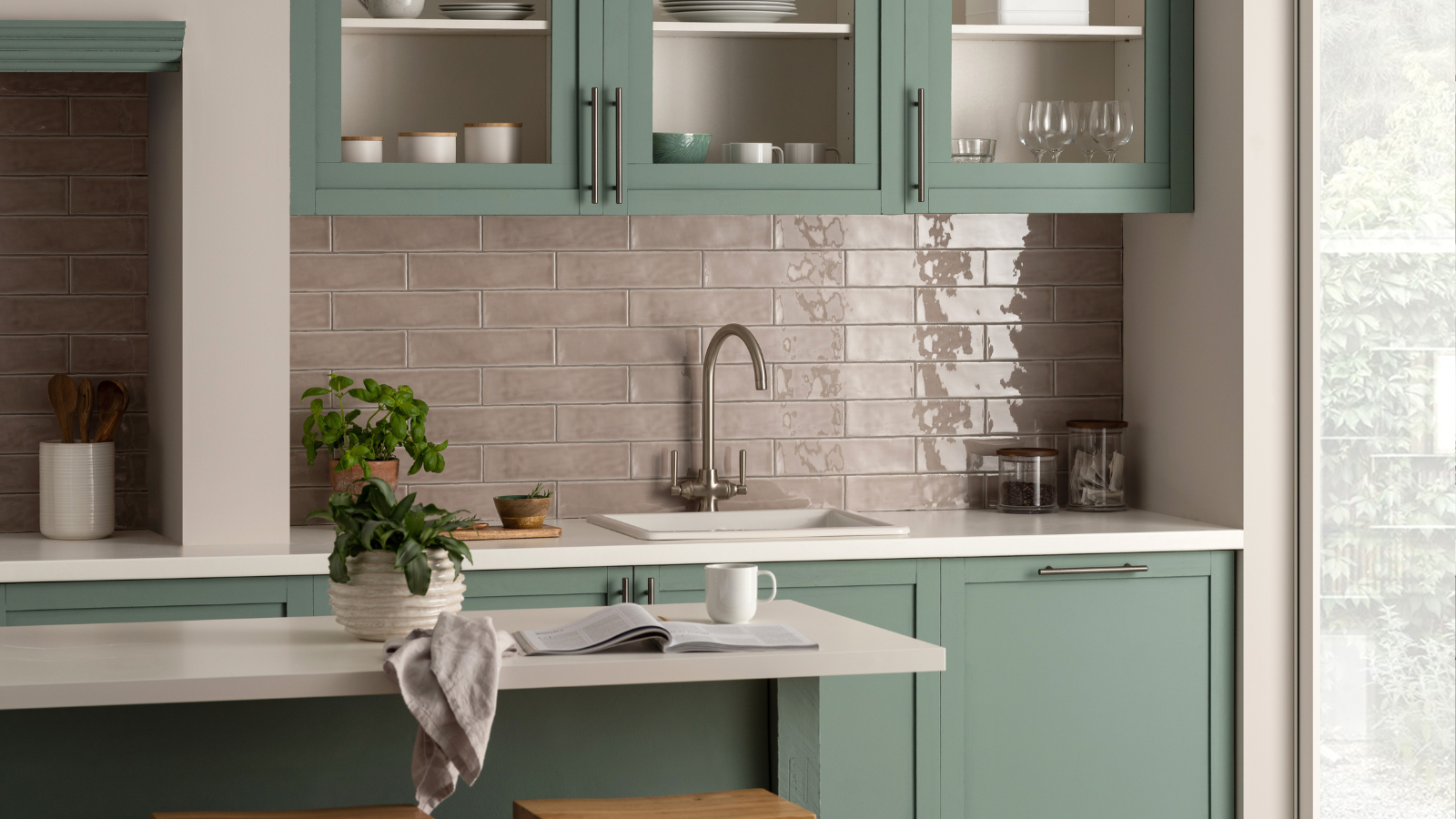Looking to insulate a loft hatch? Discover how to do it yourself with advice from experts
Find out how to prevent heat loss, draughts and combat condensation with these smart loft hatch insulation tips
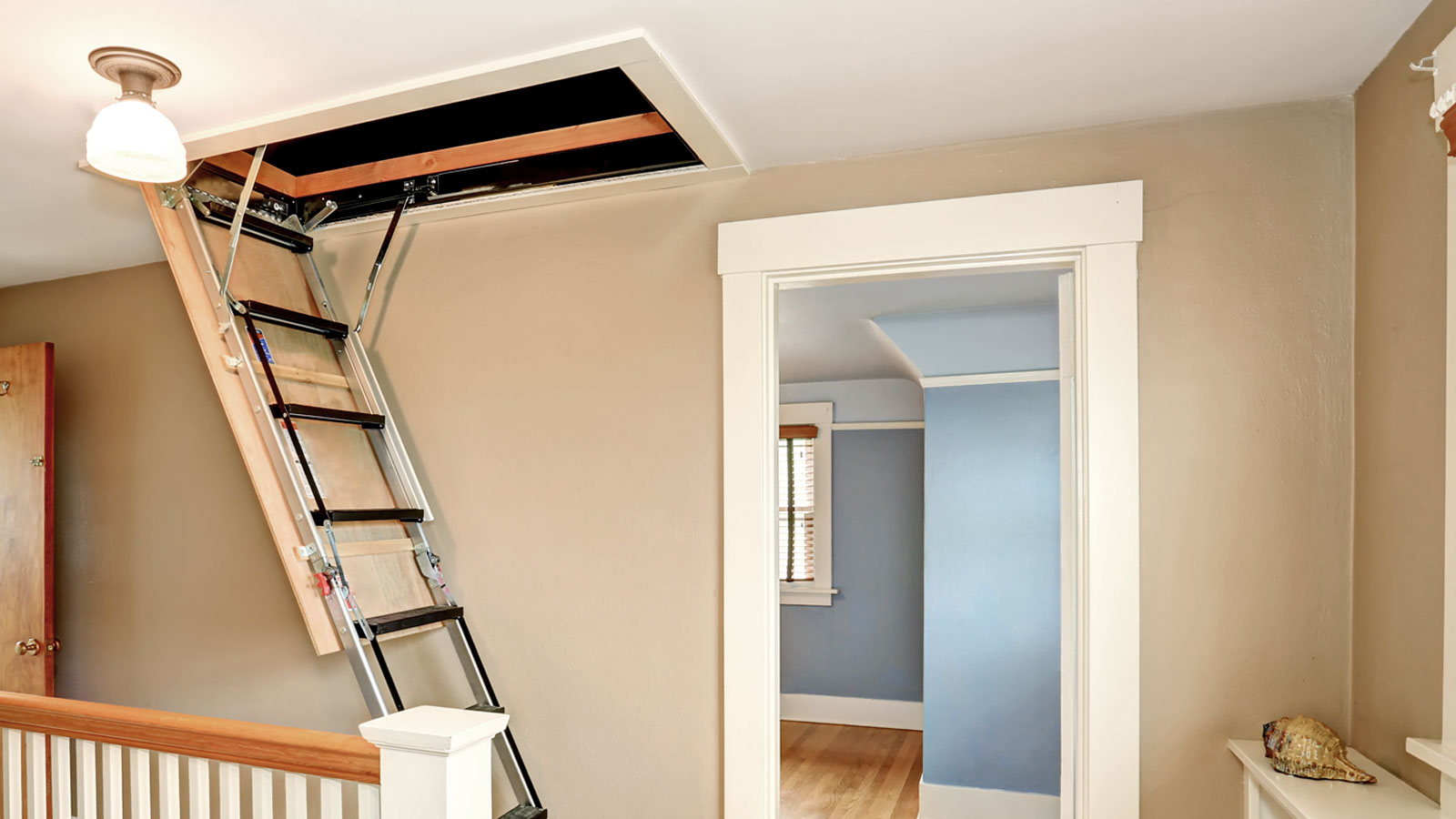
Insulating a loft makes perfect sense, and so does insulating a loft hatch, but it's often the forgotten partner in the process. You’ve made the effort to keep in the heat, but there’s one large hole in that insulation – your loft hatch.
Insulating your loft hatch will be the final piece in the insulating your loft jigsaw. Get it right and it will prevent draughts, further heat loss and even condensation. And it's a task that you can tackle yourself. Find out more about the costs and what you’ll need to make it happen.

Paul Kerr is an experienced branch manager with a demonstrated history of working in the retail and merchanting industry. Skilled in home building advice he has seen everything from outdoor patio organisation to full rebuilds.
Energy loss through a loft hatch
The amount of energy lost through an uninsulated loft hatch depends on the size of the hatch and, importantly, how the loft itself is insulated.
However, a loft hatch is a relatively small space. Paul Kerr, building expert at Beatsons, quickly explains how much energy can be lost and how much you can save. “You won't lose too much heat if properly insulated and sealed.”
He adds, “If it's installed poorly, a loft hatch can be a principal escape route for heat, becoming a weak spot in the room. A poorly insulated hatch space could lead to 40-60kWh of energy loss per year, which is roughly £4-£5 per year.”
It could be argued that energy loss alone does not warrant spending a lot on insulation. However, the better the insulation and draught proofing of the rest of the house, the greater the impact of an uninsulated hatch.
Try these to insulate a loft hatch
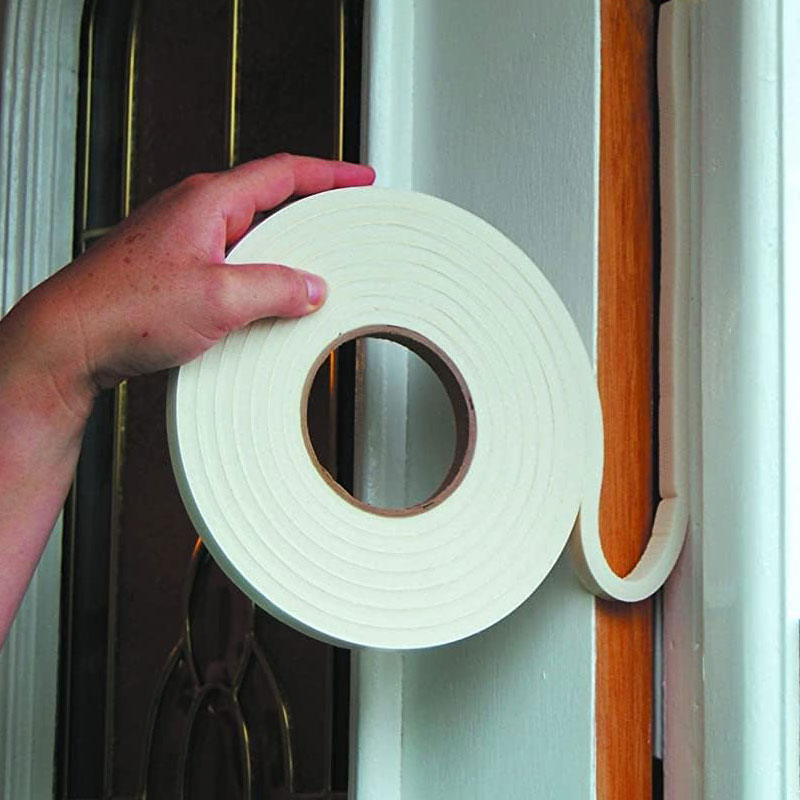
A two-pack of self-adhesive foam insulation tape with each roll offering 4.5 metres of tape. Ideal for sealing up edges quickly and easily getting rid of unwanted draughts.
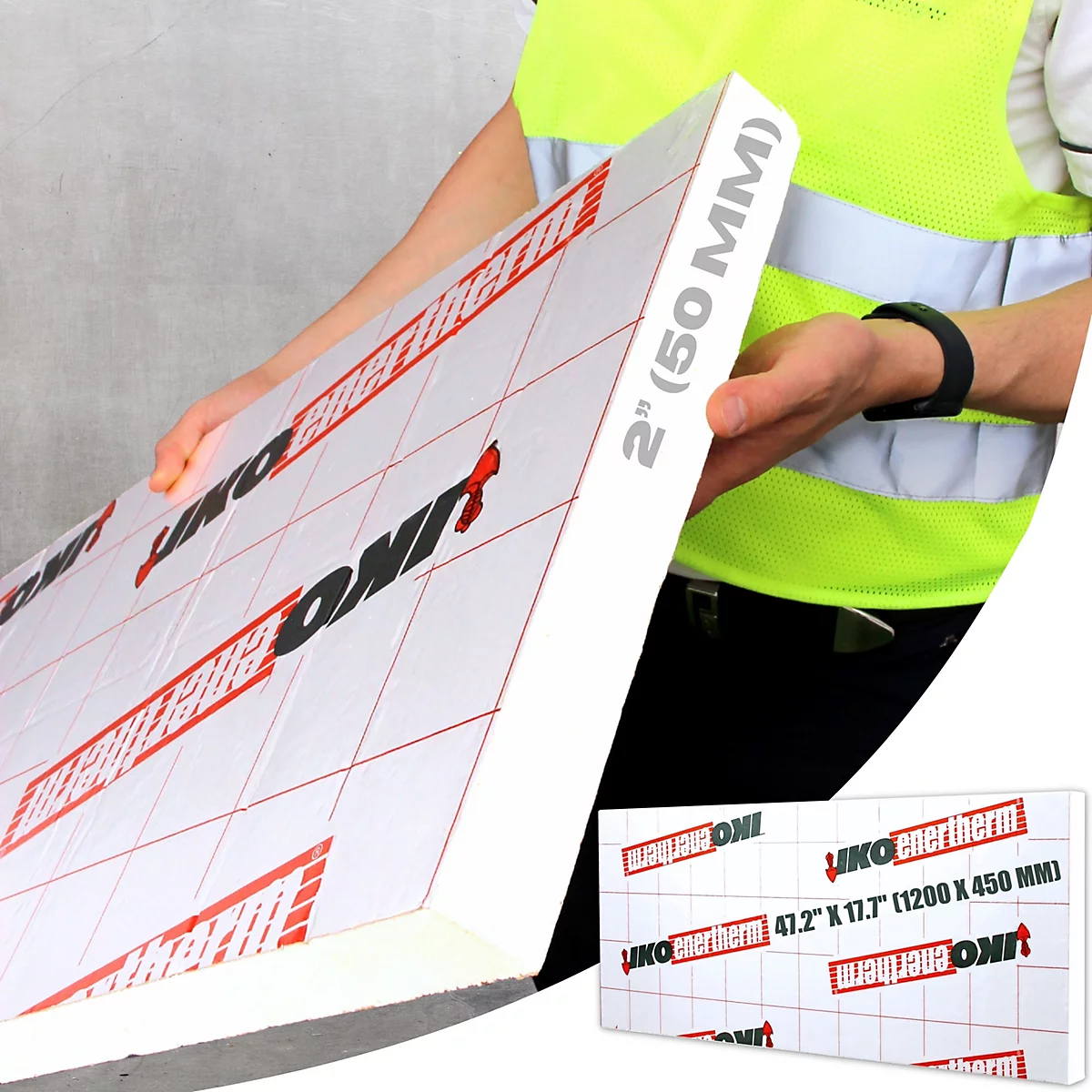
This PIR insulation board features a rigid foam core with aluminium insulation foil on both sides. Measuring 1200 x 450 x 50mm, it is easy to cut and fit to a loft hatch.

This airtight and fully draught-sealed door and frame ensure that your loft remains well-insulated. Sized to fit standard loft openings and offers easy installation.
Why you should insulate a loft hatch
In an existing home, if the loft insulation is at ceiling level, it's particularly important to insulate the hatch to prevent heat from escaping. It does not save much money or CO2, but it is a quick, cheap, easy job. A loft hatch can be a source of draughts, so draught-proofing and insulating an existing loft hatch will improve the thermal comfort in the bedroom or living spaces below.
Bring your dream home to life with expert advice, how to guides and design inspiration. Sign up for our newsletter and get two free tickets to a Homebuilding & Renovating Show near you.
What's more, insulating a loft hatch can help prevent condensation in the loft space. Warm, moist air can be drawn into a loft space through a loft hatch. When this air hits cold surfaces, such as the roof timbers, it will condense. Condensation on timbers can result in rot and decay over time, damaging the roof structure.
Nick King, Portfolio Manager (UK), at Klober says, “It’s important that loft hatches are properly sealed, helping to create a well-sealed ceiling and ensuring airtightness targets can be achieved in new buildings. Getting this balance right can help reduce energy costs while maintaining comfort and the home's overall condition.”
In a new build, it will be necessary to insulate a loft hatch to comply with Building Regulations and, to be honest, it would be difficult to find a new loft hatch that is not insulated and airtight (to a degree, at least). Gone are the days when MDF or plywood is used to create loft doors in new homes.
Most new products also include built-in draught proofing. Any new loft hatch will have adequate airtightness for all but Passivhaus levels of thermal efficiency.

Nick King has over 25 years’ experience in roofing. He oversees product development, standards compliance and training across the company’s ventilation and accessory portfolio.
How to insulate a loft hatch
This task will depend on the type of loft hatch in your home. There are two main types:
- The hinged variety that fold downs into the living space, and could come with or without a ladder. This option is now the go-to option in new homes due to the ease and accessibility they offer.
- Lift-out loft hatches are common in older homes and are often uninsulated.
For a basic lift-out hatch (those without a hinge), Homebuilding's website editor Amy Willis suggests insulating it using mineral wool insulation affixed to the top.
"You can buy mineral wool 'quilts' that are bagged up in a foil wrap. These can then be folded over to size and stapled down to the loft hatch to make sure you can still easily open and close the hatch without the insulation getting in the way," she explains.
"But other types of insulation can work well too, for instance cutting a piece of PIR insulation board to the right size and then fixing it to the hatch."

Amy spent over a decade in London editing and writing for The Daily Telegraph, MailOnline, and Metro.co.uk before moving to East Anglia where she began renovating a period property in rural Suffolk
How to draughtproof a loft hatch
Just as important as insulation is draught proofing, and undertaking measures to draught-proof an existing loft hatch will improve comfort in the living space below.
Amy Willis says: "You can buy ready-made draught excluders for loft hatches from places like B&Q, Amazon and Wickes. They are a bit fiddly to install but once added can be very effective."
Costs to insulate a loft hatch
Insulating an existing loft hatch can cost a lot less than you think, especially if you do the job yourself. The cost will depend on what you do. For instance, adding draughtproofing to an existing loft hatch is an inexpensive DIY task – typically costing less than £10.
If adding insulation board like PIR, Kerr says, “Foam boards cost anywhere between £10-£50, depending on quality and brand.” And you will typically only need a single board.
The alternative is to install a new loft hatch with prices starting from around £50-60 for a basic model. Those at the upper end of the price range, like Wellhofer's attic hatches, are highly insulated and very airtight, but can only really be justified where there is a need to maintain extremely high levels of thermal efficiency for the house as a whole, as in a certified Passivhaus.
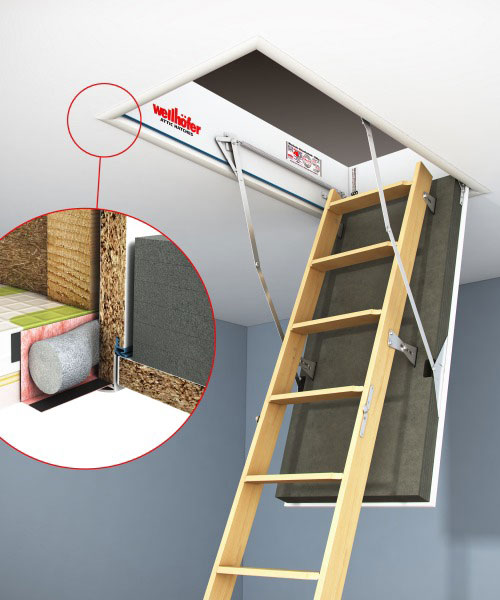
Insulating a loft hatch is almost pointless if you haven’t insulated the loft. If your loft is insulated, check out our guide on how long does insulation last to see if it's time to replace it. If it is, you need to read our how thick should loft insulation be before replacing.
EDITOR’S NOTE: An earlier version of this article included a quote from a purported expert whose credentials we have not been able to verify. The quote has been removed. We regret this lapse in our verification process and have updated our internal protocols to reduce the risk of recurrence.
Tim was an expert in sustainable building methods and energy efficiency in residential homes and wrote on the subject for magazines and national newspapers. He is the author of The Sustainable Building Bible, Simply Sustainable Homes and Anaerobic Digestion - Making Biogas - Making Energy: The Earthscan Expert Guide.
Tim's interest in renewable energy was first inspired by visits to the Royal Festival Hall heat pump and the Edmonton heat-from-waste projects. Moving to a small-holding in South Wales fanned his enthusiasm for sustainability. He went on to install renewable technology at the property, including biomass boiler and wind turbine.
He formally ran energy-efficiency consultancy WeatherWorks and was a speaker and expert at the Homebuilding & Renovating Shows across the country.

